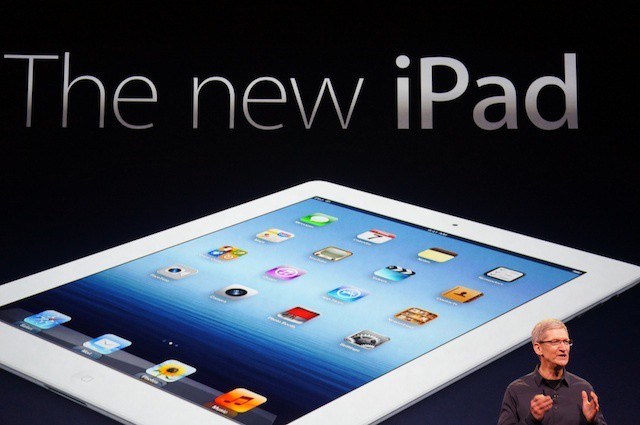Products can be too popular for their own good. Take zipper, for example. Today, it’s used as a generic term for the interlocking steel teeth that keep you from exposing yourself to the public, but in the 1920’s, it was a distinct brand: the Zipper, invented and marketed by B.F. Goodrich, which was such a successful alternative to the boring old button that it lost its capital ‘Z’ in the mind of the public and became a generic term that lost its trademark… and once it lost its trademark, anyone could call their rip-off product a “zipper” as if it was the real thing.
It’s a very real issue that many companies spend a good deal of money on every year. They want their brand to be synonymous with a certain type of product, but they don’t want it to be so synonymous that they lose ownership of the brand. And it’s why, if you like, say, Jell-O, or Xerox, or Kleenex, you shouldn’t refer to similar products from another company by the same name.
Over at The News Virginian, there’s an interesting think piece by AP writer Mae Anderson if the same thing could happen to the iPad. It’s a great read on the history of trademarks becoming generic, but it’s not really very likely to happen to the iPad. Here’s why.
Basically, the crux of Anderson’s argument — and you should definitely read the full piece — is that as far as most consumers are concerned, there are no other tablets. The only one they know of is the iPad.
That’s a valid point, but it’s not the only thing to contribute to a brand becoming generic. A big aspect of what makes people think of, say, Jell-O as synonymous with all flavored gelatin dessert products is that there’s not a lot of distinction between brands when there’s actually a cube of gelatin quivering on your plate. They look pretty much the same, they taste pretty much the same, and they cost pretty much the same. It’s an easy formula to copy. Same thing with zippers, or Kleenex, or aspirin, other companies that have wrestled with their brands bordering on becoming generic and their trademarks revoked.
You can’t really say this about the iPad. For one thing, no one is putting out tablets that look like iPads: Apple’s unique, world-class design team headed up by Jony Ive pretty much guarantees that. If you put an iPad next to another tablet, there’s no mistaking it: one is an iPad, and one is something that even if you don’t know what it’s called, can only be described as iPad-like.
Then there’s iOS. Only one tablet runs on iOS — the iPad — and nothing else even remotely feels like it. Think of iOS as the iPad’s taste in the above Jell-O analogy: even if you can’t see what the iPad’s physical design looks like, the operating system and app ecosystem immediately put it in its own class. Without iOS, no other tablet can really be called an iPad.
There’s more distinctions besides. Only an iPad interacts with iTunes, or the Apple TV. Only an iPad uses Apple’s 30-pin dock connector. Only an iPad has a retina display. Only an iPad can be purchased at an Apple Store. And so on. These things count.
In other words, while uninformed consumers may not know the names of other tablets, an iPad neither looks nor tastes like another tablet. Even an uninformed consumer knows that a Kindle Fire or a Galaxy Tab isn’t an iPad, but at best, an iPad alternative. They may not know what these devices are called, but there’s no mistaking them for the real thing… and Apple’s unlikely to ever let there be. It’s in a class in and of itself.


